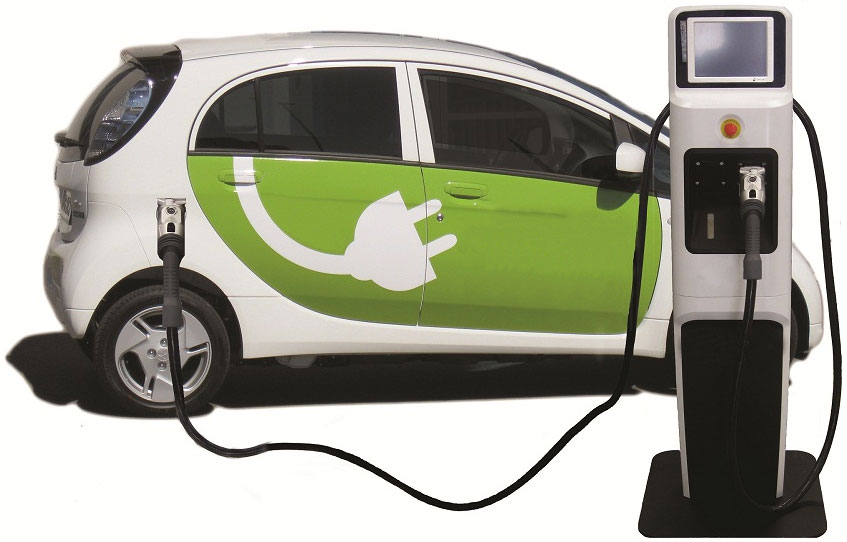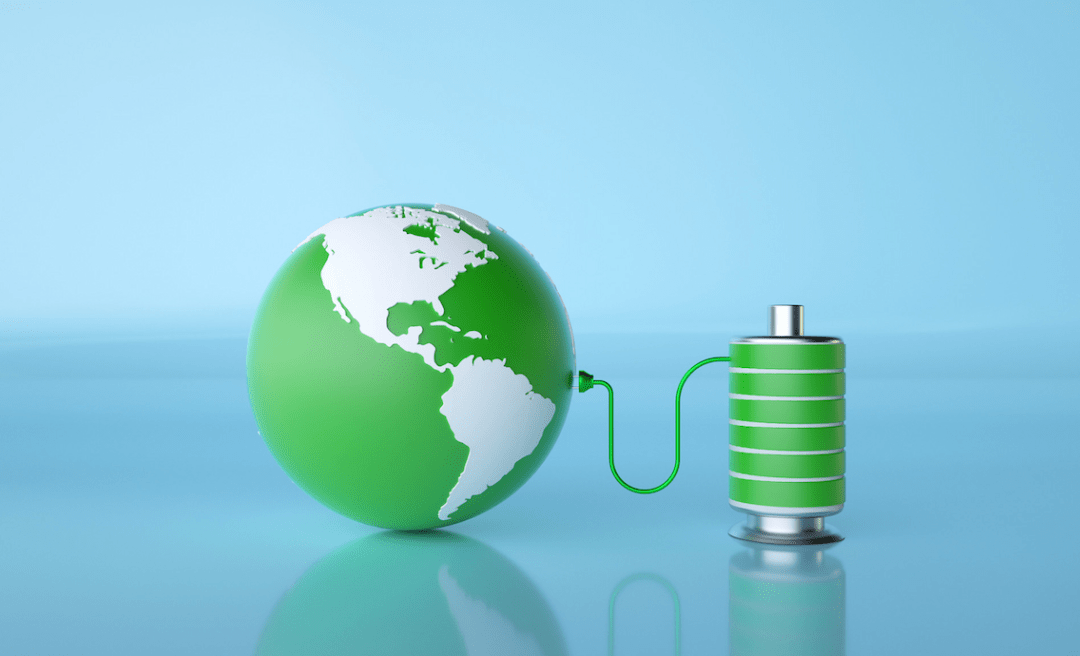The biggest difference between electric cars and automobiles is the power source - the former relies on electricity, the latter on oil. Today's car fuel tanks have evolved over more than a hundred years, from the wooden ones at the beginning to the current ones made of fireproof and extrusion-proof resin, which can change more than just a little. Electric cars need to rely on batteries to store electricity, so the development of battery technology is in some ways as important as fuel tank technology. Next, we have the electric state editor to recommend three common electric car are used in lithium battery type.

Electric cars
So, what battery technology are most electric cars using today? After generations of technology changes from lead-acid batteries, nickel-cadmium batteries and nickel-metal hydride batteries, most of today's mainstream electric vehicles (including plug-in hybrids) have switched to lithium batteries. The reasons for this are better energy-to-weight ratio (the amount of electricity stored per unit weight of the battery), better high and low temperature charging and discharging performance, and longer life, which are all important factors for lithium batteries to take the mainstream position. In order of energy efficiency, the types of lithium batteries currently used in mainstream electric vehicles are lithium cobalt acid (Tesla), lithium manganese acid (Prius, LEAF) and lithium iron phosphate (BYD e6, Zeno 1E).
As a high-performance sports car in the electric car, Tesla's requirements for the battery is of course also performance-oriented. That is why it will choose lithium cobalt acid technology - efficiency first, high discharge current, high charging speed, light weight. In fact, lithium cobalt acid battery is not new to ordinary people, flashlights, notebooks and other small appliances have been popularized in this battery technology, to some extent, we are the beneficiaries of this advanced lithium battery technology. However, high returns are often accompanied by high risks, and the stability of lithium cobalt-acid batteries is relatively poor, which is why it is difficult to manufacture large-capacity battery cells with this battery technology - the technical difficulties in safety have not yet been fully resolved.
Battery

Therefore, Tesla chose a very unique technical solution to the P85 model, for example, using a combination of more than 8,000 packaged 18650 battery cells, thus circumventing the technical gap in the production of large-capacity battery cells with lithium cobalt-acid technology. Then the charging and discharging process of such a large number of battery packs is balanced by extremely complex battery management technology and peripheral circuitry, and the batteries are isolated in groups by several independent battery compartments, which are then physically protected by high-strength aluminum alloy shields and frame structures, thus minimizing the possibility of safety problems.
The Japanese manufacturers' choice is relatively balanced. The technology of lithium manganese acid battery is not as radical as lithium cobalt acid battery, and the cost is much lower because it does not need to use cobalt metal. In fact, lithium manganese acid battery is a low-cost alternative technology to lithium cobalt acid battery. It is a good deal to sacrifice a little efficiency and stability for the advantage of easier popularization. Another important feature of Li-manganese acid battery is that it is conducive to the production of large and medium-sized cells, so for the battery pack of electric vehicles, fewer battery cells can be used, and the requirements for power management are not as complicated as those of LiCoO2.
Electric vehicle parts
Lithium manganate batteries have better low temperature performance and are more suitable for use in cold regions. However, the high-temperature stability is not good enough, easy to bulge, and the cycle life decays quickly are its disadvantages. Therefore, the actual battery capacity of Japanese EVs is often much larger than the theoretical required capacity calculated according to the calibrated power and range, and the larger redundancy space is to allow the EV to maintain the nominal range condition in the middle and later part of its life cycle.
The last type of lithium iron phosphate battery is known as the safest vehicle battery technology, this is because compared to lithium cobalt and lithium manganate batteries, lithium iron phosphate battery stability, especially in the high-temperature state of stability to be much more stable, encounter unexpected situations when the chances of fire and other unexpected conditions are also smaller. But the efficiency of lithium iron phosphate is not as efficient as the two aforementioned battery technology, the weight required to store the same energy is about twice the weight of lithium cobalt acid, it is no wonder why this new battery technology is difficult to become the choice of high-performance electric sports cars.
These are the three common types of lithium batteries used in electric cars introduced to you by the electric state. But then again, in a belief in the "safety first" four-word motto of the field of electric vehicles, lithium iron phosphate battery application prospects are still quite extensive. Although the weight is larger, but for the larger body models is not unacceptable. And the electric motor already has the advantage of low speed and high torque, so it is not particularly jealous of the negative impact of the battery weight. Speaking of negative effects, a while ago a boisterous Boeing 787 lithium battery continuous fire incident so that many people in the special sector to talk about lithium, and Boeing 787 on the use of lithium cobalt-acid technology, which also almost directly led to a large number of special companies on the large-capacity lithium battery restrictions or embargo. In this way, stability is always the most important bottleneck of lithium battery technology, not fire is the most critical.
Next:CALB 3P4S Lithium NMC EV Battery Modules shipped to the UK
Previous:Daly Smart BMS(Battery Management System)
Contact Person: Miss. Elsa Liu
| WhatsApp : | +8617763274209 |
|---|---|
| Skype : | +8617763274209 |
| WeChat : | 17763274209 |
| Email : | Elsa@lifepo4-battery.com |